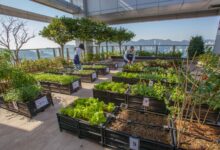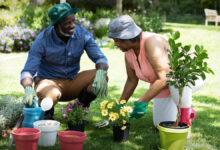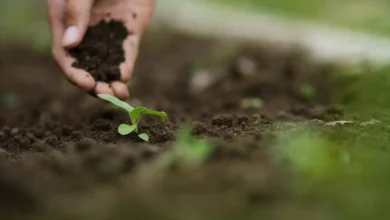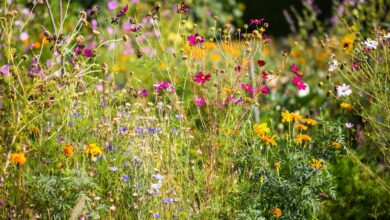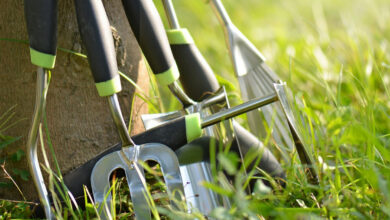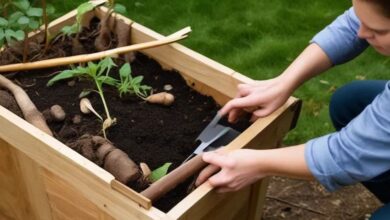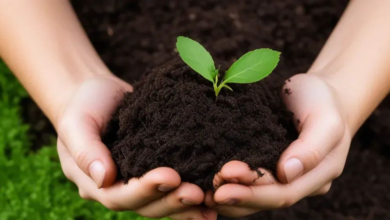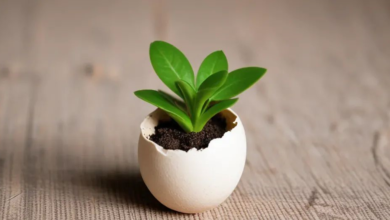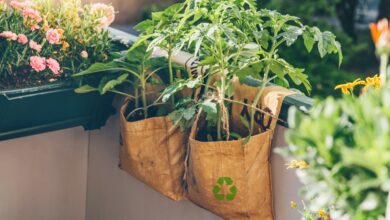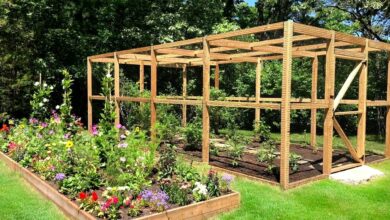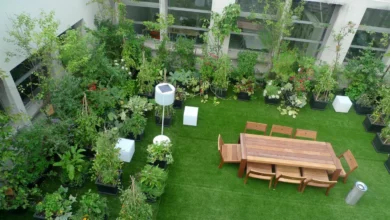The Top Gardening Trends to Watch in 2025
Discover the top gardening trends 2025 including sustainable practices, native plants, edible landscapes, and eco-friendly designs transforming.
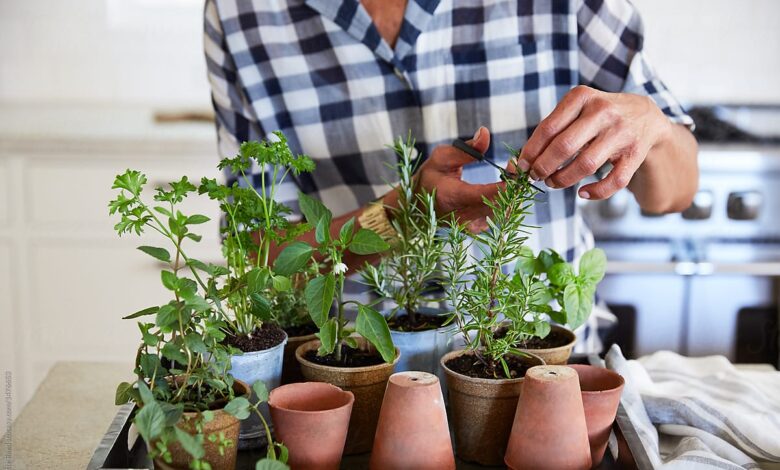
The world of gardening trends 2025 is experiencing a remarkable transformation as homeowners and garden enthusiasts embrace innovative approaches to outdoor spaces. This year marks a pivotal shift toward sustainability, biodiversity, and creating meaningful connections with nature right in our backyards. As climate awareness grows and urban living challenges traditional gardening methods, the latest gardening trends reflect a deeper understanding of ecological balance and environmental stewardship.
Modern garden design trends are moving away from manicured, high-maintenance landscapes toward more naturalistic, resilient outdoor environments that serve both aesthetic and functional purposes. The 2025 gardening movement emphasizes regenerative practices, native plant selections, and wildlife-friendly habitats that support local ecosystems while requiring less water and chemical intervention. These emerging trends aren’t just about following fashion—they represent a fundamental reimagining of how we interact with our outdoor spaces.
From urban gardening innovations to fire-resistant landscaping, the top gardening trends this year address real-world concerns, including climate change, water conservation, and food security. Homeowners are increasingly viewing their gardens as extensions of sustainable living practices, incorporating edible landscaping, pollinator gardens, and composting systems into their overall design. The rise of indoor-outdoor living spaces has also influenced garden planning, with more emphasis on creating functional outdoor rooms that seamlessly blend with interior aesthetics.
Whether you’re a seasoned horticulturist or a beginner gardener, understanding these gardening trends to watch in 2025 will help you create outdoor spaces that are beautiful, sustainable, and aligned with contemporary environmental values. The shift toward eco-friendly gardening practices reflects a growing recognition that our gardens can be powerful tools for positive environmental impact. This comprehensive guide explores the most influential garden trends shaping landscapes this year, from native plant gardening to innovative growing techniques, providing you with actionable insights to transform your outdoor space into a thriving, sustainable sanctuary that benefits both you and the planet.
Native Plants and Biodiversity Gardens
Native plant gardening has emerged as one of the most significant Gardening Trends, with homeowners increasingly recognizing the ecological and practical benefits of indigenous species. Native plants are adapted to local climate conditions, requiring significantly less water, fertilizer, and maintenance compared to exotic ornamental varieties. These plants have evolved alongside local wildlife, providing essential food sources and habitat for pollinators, birds, and beneficial insects that support healthy ecosystem function.
The biodiversity garden trend goes beyond simply incorporating a few native species—it involves creating complete ecosystems that support a wide range of wildlife. This approach includes layering plants at different heights, from ground covers to canopy trees, mimicking natural forest structures. Gardens designed with native species create corridors for wildlife movement, especially important in fragmented urban landscapes where natural habitats have been severely reduced.
Choosing regional native plants offers numerous advantages for modern gardeners. These plants have deep root systems that prevent soil erosion, improve water infiltration, and require less irrigation once established. They’re naturally resistant to local pests and diseases, reducing or eliminating the need for chemical pesticides. Additionally, native wildflower meadows are replacing traditional lawn areas, offering stunning seasonal displays while supporting declining pollinator populations.
The native plant movement also addresses concerns about invasive species that threaten natural ecosystems. By selecting plants indigenous to your region, you help preserve genetic diversity and prevent the spread of aggressive non-native species. Many municipalities now offer incentives for replacing lawns with native plant landscapes, recognizing their role in stormwater management and urban heat island mitigation. This trend represents a fundamental shift toward gardens that work with nature rather than against it.
Sustainable and Regenerative Gardening Practices
Sustainable gardening has evolved from a niche interest to a mainstream priority in 2025 garden design. Regenerative gardening goes a step further, focusing not just on minimizing environmental harm but actively improving soil health, increasing biodiversity, and sequestering carbon. This approach views gardens as living systems that can heal damaged ecosystems while producing food and beauty.
Composting practices have become increasingly sophisticated, with gardeners implementing multi-bin systems, vermicomposting, and bokashi fermentation to process kitchen waste and garden debris. This closed-loop system reduces landfill contributions while creating nutrient-rich soil amendments that eliminate the need for synthetic fertilizers. Many gardeners are also incorporating composting toilets and greywater systems into their sustainability plans, maximizing resource efficiency.
Water conservation techniques dominate Gardening Trends, with drip irrigation, rainwater harvesting, and moisture-monitoring technologies becoming standard installations. Mulching strategies, including living mulches and organic materials, reduce evaporation and suppress weeds while improving soil structure. Gardeners are selecting drought-tolerant plants and grouping species by water needs, creating hydrozones that optimize irrigation efficiency.
The no-dig gardening method has gained tremendous popularity as research demonstrates its benefits for soil biology and carbon sequestration. This approach preserves soil structure, protects beneficial microorganisms, and reduces labor while improving growing conditions. Regenerative gardening practices also include cover cropping, crop rotation in vegetable gardens, and the integration of perennial plants that build soil organic matter year after year. These methods create resilient gardens that become more productive and self-sustaining over time.
Edible Landscaping and Food Security
Edible landscaping represents one of the fastest-growing Gardening Trends, as homeowners blend ornamental beauty with practical food production. This approach integrates fruits, vegetables, herbs, and edible flowers into decorative garden designs, transforming traditional landscapes into productive yet aesthetically pleasing spaces. The movement reflects growing concerns about food security, supply chain vulnerabilities, and the desire for fresh, organic produce.
Front yard vegetable gardens are breaking traditional suburban conventions, with raised beds, espalier fruit trees, and ornamental vegetables creating eye-catching displays. Homeowners are discovering that edible plants like rainbow chard, purple kale, and flowering herbs offer visual interest comparable to conventional ornamentals while providing nutritious harvests. This dual-purpose approach maximizes limited garden space, particularly relevant for urban and suburban properties.
Urban gardening techniques have expanded beyond simple container growing to include vertical gardens, rooftop installations, and community garden participation. Apartment dwellers are cultivating windowsill herb gardens, balcony vegetable containers, and even indoor hydroponic systems to supplement their food supply. The micro-gardening movement demonstrates that significant food production is possible in minimal space when using intensive growing methods.
Permaculture design principles increasingly influence edible landscape planning, with emphasis on food forests, guild planting, and polyculture systems. These approaches create self-maintaining ecosystems where plants support each other through pest control, nitrogen fixation, and resource sharing. Fruit and nut trees anchor these designs, with understories of berry bushes, perennial vegetables, and ground covers creating multiple yields. The food security focus in garden planning reflects uncertainty about global supply chains and increased interest in local food resilience.
Pollinator Gardens and Wildlife Habitats
Creating pollinator-friendly gardens has become a central focus of 2025 gardening trends, driven by widespread concern over declining bee, butterfly, and bird populations. These specialized gardens provide essential nectar, pollen, and host plants for pollinators while creating breeding and overwintering habitat. The pollinator garden movement recognizes that residential landscapes collectively represent significant acreage that can support or endanger wildlife populations.
Designing butterfly gardens requires understanding the complete lifecycle of target species, including host plants for caterpillars and nectar sources for adults. Native milkweed species support monarch butterflies, while various native flowers provide resources for dozens of bee species. Gardeners are learning to appreciate “pest” damage on host plants as evidence of successful wildlife support, shifting away from perfectionist aesthetic standards toward ecological function.
Bird-friendly landscaping incorporates diverse plant layers, berry-producing shrubs, and seed-bearing native grasses that provide year-round food sources. Water features, from simple birdbaths to naturalistic ponds, attract birds and beneficial insects while adding sensory appeal to gardens. Leaving seed heads standing through winter and maintaining brush piles offers shelter and food during harsh weather, supporting bird populations when resources are scarce.
The no-mow movement intersects with wildlife habitat creation, as gardeners dedicate portions of their properties to wildflower meadows and natural areas. These spaces support ground-nesting bees, provide caterpillar food plants, and offer shelter for beneficial insects that control garden pests. Eliminating pesticide use has become non-negotiable for serious wildlife gardening practitioners, who understand that chemical applications harm the very creatures they’re trying to support. This holistic approach creates gardens that buzz with life, supporting biodiversity while producing beautiful, dynamic landscapes.
Climate-Resilient and Fire-Resistant Garden Design
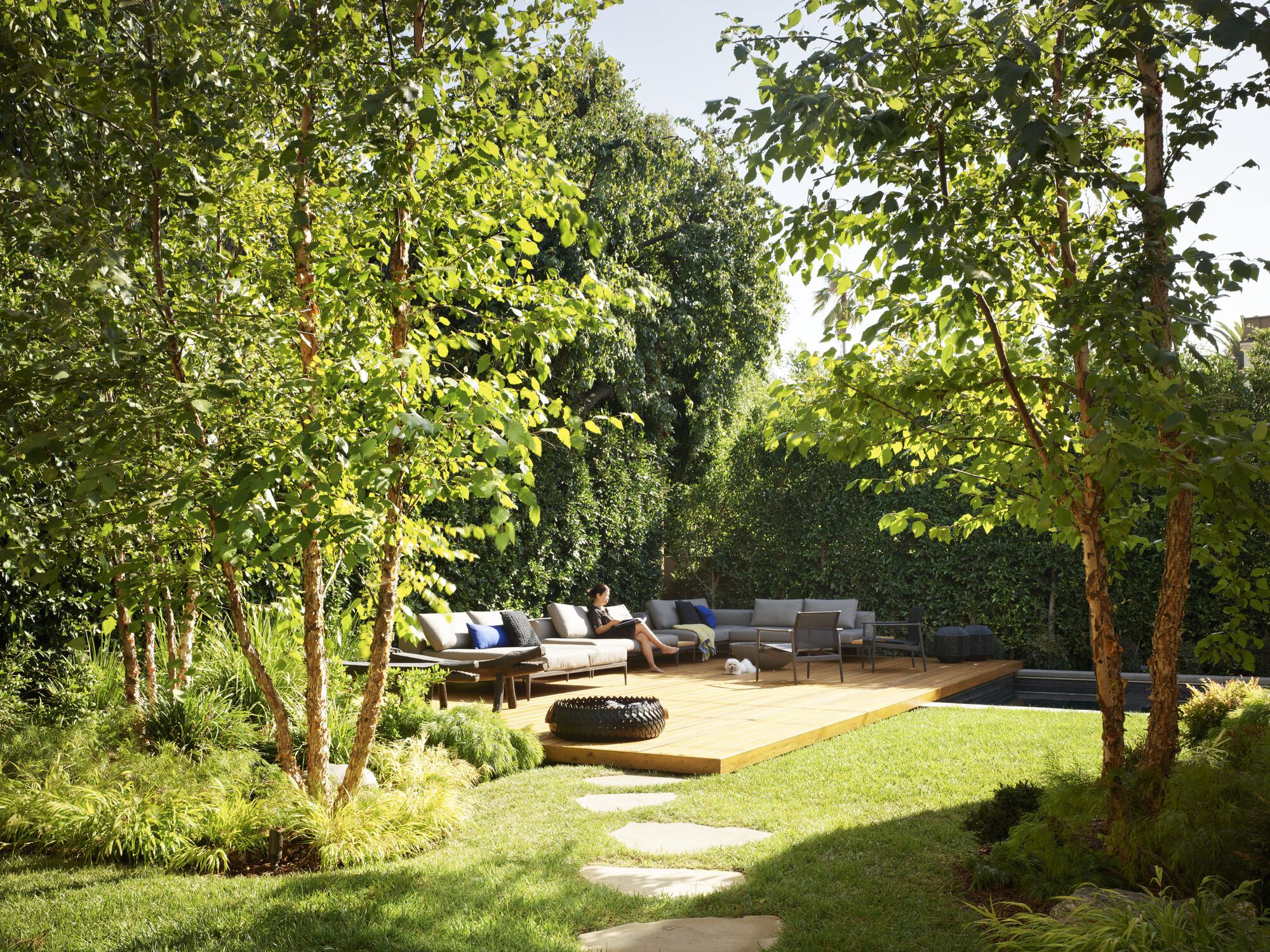
Climate-adapted gardening has emerged as a critical 2025 landscape trend, with extreme weather events forcing gardeners to rethink plant selections and design strategies. Fire-resistant landscaping has particular urgency in regions experiencing increased wildfire risk, while gardeners everywhere must contend with unpredictable temperature swings, intense storms, and prolonged droughts. This trend emphasizes resilience and adaptation over rigid aesthetic ideals.
Defensible space landscaping in fire-prone areas involves strategic plant placement, species selection, and maintenance practices that reduce fire risk. Succulents, deciduous trees, and low-growing perennials with high moisture content replace flammable evergreen shrubs and ornamental grasses near structures. Hardscaping elements like gravel paths, stone walls, and metal fencing create fire breaks while adding design interest. Regular maintenance, including debris removal and irrigation during fire seasons, proves essential for fire-wise gardens.
Drought-tolerant plants dominate new landscape installations, with Mediterranean species, native prairie plants, and succulents replacing thirsty lawns and conventional ornamentals. These xeriscaping approaches reduce water consumption by 50-75% while creating striking visual effects. Gardeners are discovering the beauty of silver-leafed plants, architectural agaves, and blooming desert species that thrive with minimal irrigation once established.
Extreme weather preparedness influences garden infrastructure decisions, with improved drainage systems, wind-resistant plant selections, and flexible support structures protecting gardens from severe storms. Microclimate gardening exploits protected areas around buildings, uses thermal mass for temperature moderation, and selects plants adapted to local conditions rather than generalized hardiness zones. This approach recognizes that small-scale environmental variations offer opportunities to grow plants typically considered unsuited to a region. The focus on climate resilience represents gardening’s adaptation to our changing environment, emphasizing flexibility and observation over rigid traditional practices.
Indoor Gardening and Houseplant Innovations
Indoor gardening trends have exploded in popularity as people seek to bring nature into their living spaces and grow food year-round, regardless of outdoor conditions. The houseplant movement extends beyond simple decorative greenery to include sophisticated growing systems, rare plant collecting, and serious indoor food production. This trend reflects both aesthetic desires and practical growing season extension strategies.
Hydroponic gardening systems for home use have become increasingly affordable and user-friendly, allowing apartment dwellers and those with limited outdoor space to grow lettuce, herbs, and even tomatoes indoors. LED grow lights have revolutionized indoor cultivation, providing optimal light spectrums for plant growth while remaining energy-efficient. Compact systems designed for kitchen counters make it possible to harvest fresh greens and herbs daily without venturing outside.
Microgreens and sprout cultivation represent one of the easiest entry points into indoor food gardening, requiring minimal space and equipment while delivering nutrient-dense harvests in just days. Growing these concentrated sources of vitamins and enzymes has become a popular 2025 gardening trend, with dedicated microgreen trays and automated sprouting systems available for home use. The quick turnaround and high yields per square foot make this an efficient form of indoor food production.
The rare houseplant collecting trend continues strong, with enthusiasts seeking variegated specimens, unusual species, and plants with interesting foliage patterns. Online communities trade cuttings, share growing tips, and celebrate successful propagation. Meanwhile, air-purifying plants attract health-conscious homeowners looking to improve indoor air quality naturally. The biophilic design movement recognizes the psychological benefits of indoor greenery, encouraging abundant plant displays that reduce stress and increase well-being. Indoor gardening in 2025 represents a year-round connection to plant cultivation, making gardening accessible regardless of climate or outdoor space limitations.
Modern Meadows and Naturalistic Planting
Meadow gardening represents a dramatic departure from conventional lawn-dominated landscapes, offering a more sustainable and ecologically valuable alternative. These naturalistic landscapes blend native grasses with wildflowers, creating dynamic, seasonally changing displays that support wildlife while requiring minimal maintenance. The meadow movement reflects a broader cultural shift toward embracing nature’s beauty rather than imposing rigid control over outdoor spaces.
Creating successful wildflower meadows requires understanding regional ecology, soil conditions, and proper establishment techniques. Unlike traditional lawns requiring weekly mowing, irrigation, and chemical treatments, meadow gardens need only one or two annual cuts after becoming established. This dramatic reduction in maintenance appeals to time-pressed homeowners while aligning with environmental values. The visual interest changes throughout seasons as different species bloom and grasses develop seed heads.
Prairie-style planting brings the sweeping beauty of grasslands to residential properties, using bold drifts of native perennials interspersed with ornamental grasses. This naturalistic garden design approach, pioneered by landscape designers like Piet Oudolf, emphasizes plant structure, texture, and seasonal progression rather than constant color. The style works at any scale, from small urban gardens to expansive rural properties, creating dynamic, low-maintenance landscapes.
The wild garden aesthetic challenges conventional notions of tidy garden beds with defined edges and evenly spaced plants. Instead, naturalistic plantings allow species to self-seed, creating organic patterns and unexpected combinations. This approach requires a philosophical shift, accepting nature’s spontaneity and finding beauty in unplanned occurrences. Gardeners embracing this style report less work, more surprises, and gardens that feel alive and authentic. The meadow trend represents not just a design choice but a fundamental reimagining of what gardens can be—spaces that honor ecological processes while creating beauty.
Smart Garden Technology and Automation
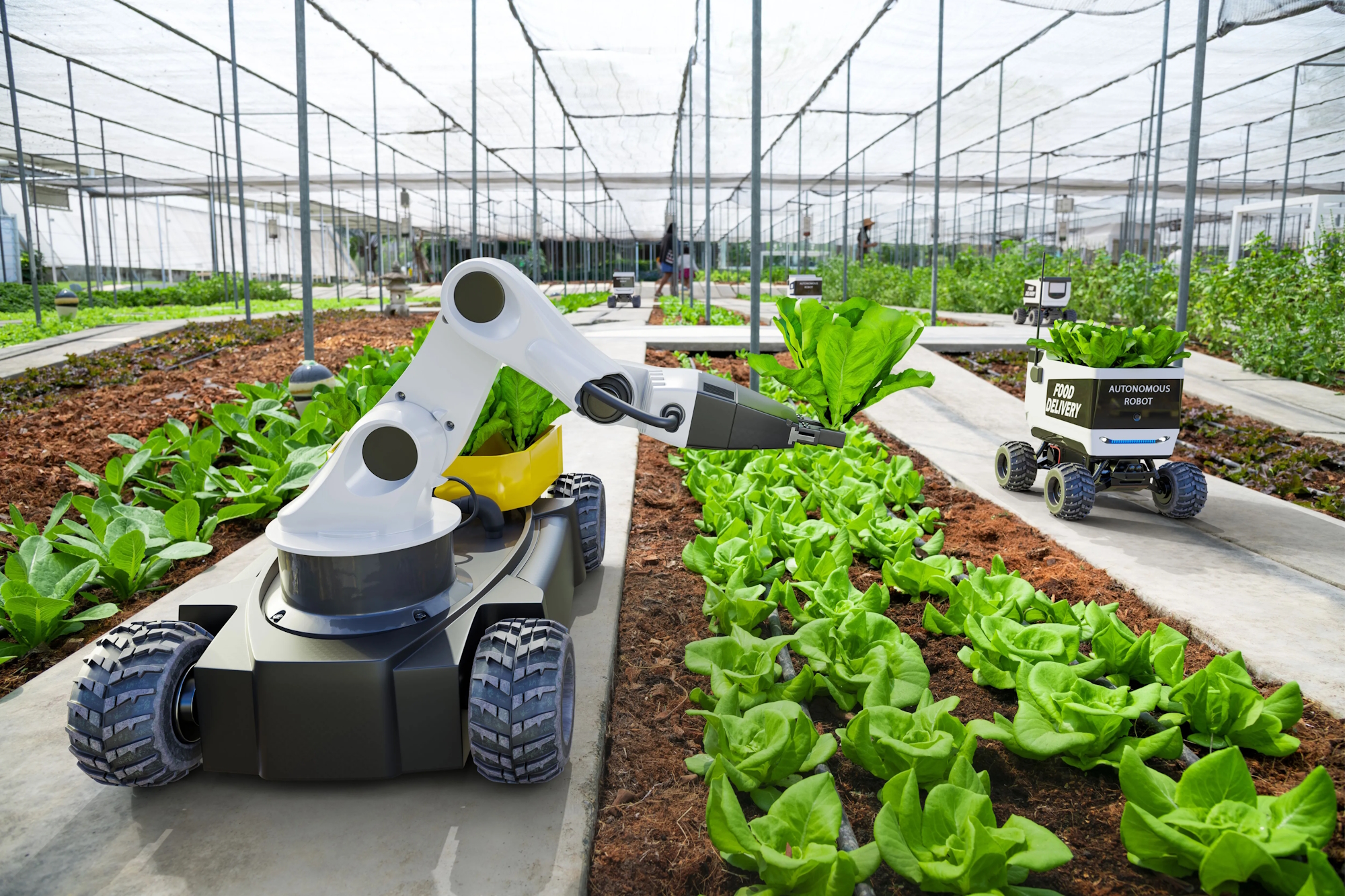
Garden technology has advanced dramatically, with smart irrigation systems, soil sensors, and automated growing environments transforming how people garden. These innovations make gardening more accessible for beginners while helping experienced gardeners optimize growing conditions and resource use. The smart gardening trend reflects broader home automation movements and appeals particularly to tech-savvy millennials and Gen Z gardeners.
Weather-based irrigation controllers connect to local weather data, automatically adjusting watering schedules based on rainfall, temperature, and evaporation rates. Soil moisture sensors provide real-time information about water needs, preventing both drought stress and overwatering. These systems significantly reduce water waste while improving plant health. Mobile apps allow gardeners to monitor and control irrigation remotely, adjusting settings from anywhere.
Garden monitoring apps use artificial intelligence to identify plants, diagnose diseases, and provide personalized care recommendations. Some apps track bloom times, suggest companion plantings, and help plan seasonal rotations. Garden journaling features record planting dates, harvest yields, and weather conditions, creating valuable data for improving future growing seasons. This digital support makes gardening less intimidating for newcomers while helping experienced gardeners optimize their practices.
Automated growing systems for indoor gardens control lighting schedules, nutrient delivery, and environmental conditions with minimal human intervention. These sophisticated systems can grow herbs, vegetables, and flowers year-round, automatically adjusting parameters based on plant type and growth stage. While high-end systems carry significant price tags, more affordable options continue emerging, making automated indoor gardening accessible to average consumers. The integration of technology in gardening represents not a replacement for traditional skills but a complement, helping people grow successfully despite limited time or experience.
Color Trends and Aesthetic Movements
Garden color trends 2025 reflect broader design movements while incorporating practical considerations and regional influences. The color palette shift emphasizes naturalistic combinations drawn from wild landscapes rather than artificial color schemes. Designers are moving away from bright, primary colors toward softer, more sophisticated tones that create serene outdoor environments.
Warm sunset tones—including terracotta, burnt orange, golden yellow, and rust—dominate new plantings, reflecting desert and Mediterranean influences. These colors pair beautifully with silver-leafed drought-tolerant plants, creating cohesive xeriscaped designs. The palette works particularly well in fire-wise landscapes, where warm-toned hardscaping and appropriately colored plants create beautiful yet functional spaces.
Pastel color schemes featuring soft pinks, lavenders, pale yellows, and powder blues create romantic, cottage-garden atmospheres while maintaining contemporary sensibilities. These gentle colors work well in pollinator gardens, as many native wildflowers naturally display pastel hues. The softer palette reduces visual chaos in densely planted naturalistic gardens, creating harmony among diverse plant species.
The moody garden trend embraces deep purples, burgundies, near-black foliage, and rich jewel tones, creating dramatic, sophisticated outdoor spaces. This palette appeals to younger gardeners seeking Instagram-worthy designs and works particularly well in shaded gardens where dark foliage creates striking contrasts. Purple-leafed shrubs, dark-flowered perennials, and plants with burgundy stems anchor these designs.
Monochromatic planting schemes focusing on single color families create sophisticated, designer-worthy gardens that maintain visual interest through textural variation and bloom time succession. All-white gardens, blue gardens, and hot-colored borders demonstrate that limiting the palette amplifies rather than diminishes impact. These aesthetic gardening trends prove that contemporary gardens can be both beautiful and ecologically functional, challenging the false dichotomy between wildlife support and visual appeal.
Wellness Gardens and Therapeutic Landscapes
Wellness gardening recognizes the profound mental and physical health benefits of engaging with plants and outdoor spaces. This 2025 gardening trend integrates principles from horticultural therapy, meditation practices, and biophilic design to create gardens specifically intended for healing and restoration. The approach appeals to people seeking stress reduction, mindfulness practices, and connection to nature.
Sensory gardens stimulate all five senses through carefully selected plants and design elements. Fragrant flowers and aromatic herbs engage smell, while plants with interesting textures invite touch. The sound of rustling grasses, buzzing pollinators, and water features creates auditory interest. Edible gardens engage taste, and visually striking plant combinations please the eye. These multi-sensory experiences create rich, engaging environments that promote present-moment awareness.
Meditation gardens incorporate quiet seating areas, screening plants for privacy, and simple, calming design elements that encourage contemplation. Minimalist Japanese-inspired gardens, labyrinth paths, and spaces designed for yoga or tai chi provide dedicated areas for wellness practices. The therapeutic garden movement shows that gardens function not merely as decorative backgrounds but as active participants in health and well-being.
Growing your own food, propagating plants, and maintaining gardens provides physical exercise and stress relief that many people find meditative. The repetitive, rhythmic nature of garden tasks like weeding, deadheading, and watering creates opportunities for mental relaxation and problem-solving. Studies consistently show that time spent gardening reduces cortisol levels, lowers blood pressure, and improves mood.
Community gardening provides social connection and a sense of purpose, particularly important for isolated individuals or those recovering from illness or addiction. Shared gardens create opportunities for intergenerational knowledge transfer, cultural exchange through heritage plants, and community building around common interests. The wellness focus in gardening represents recognition that our relationship with plants offers profound benefits extending far beyond aesthetics or food production.
Vertical Gardens and Space-Maximizing Techniques
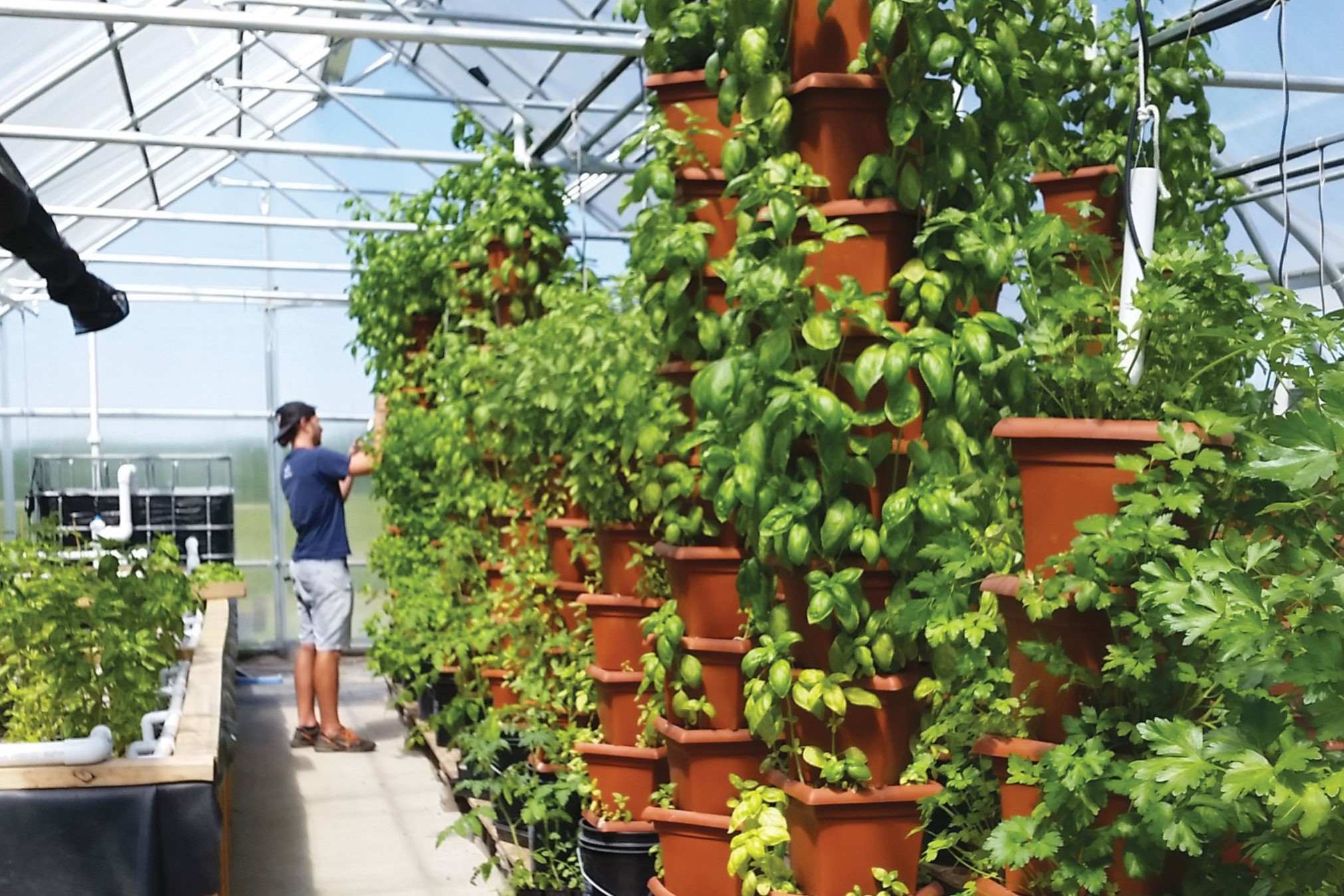
Vertical gardening solutions address the challenge of limited growing space while creating striking visual features. These systems range from simple trellises and wall-mounted containers to sophisticated living walls with integrated irrigation. The vertical garden trend appeals particularly to urban dwellers, renters, and anyone seeking to maximize productive growing area in compact spaces.
Living walls transform blank vertical surfaces into lush green tapestries, providing insulation, air filtration, and dramatic aesthetic impact. Modular panel systems make installation relatively straightforward, while self-watering mechanisms reduce maintenance demands. Outdoor living walls often feature succulents or native plants adapted to vertical growing conditions, while indoor systems might showcase tropical plants, ferns, or even herbs and salad greens.
Tower gardens and vertical aeroponic systems stack growing pockets vertically, allowing substantial food production in minimal floor space. These structures work well on patios, balconies, or in small yards, producing impressive yields of lettuce, herbs, strawberries, and other crops. The vertical growing technique also improves air circulation around plants, reducing disease pressure while making harvesting more accessible.
Training vining crops like beans, cucumbers, and tomatoes on sturdy trellises or vertical structures increases yields while saving space. Espalier techniques transform fruit trees into two-dimensional forms trained flat against walls or fences, making them suitable for narrow spaces while creating living art. These traditional methods are experiencing renewed interest as gardeners seek to incorporate food production into decorative landscapes.
Hanging gardens and elevated planters add growing space without consuming ground area, while improving ergonomics for elderly or disabled gardeners. Suspended containers of trailing plants, hanging baskets, and elevated raised beds create layered, three-dimensional gardens. The space-maximizing approach demonstrates that productive, beautiful gardens are possible even in the most space-limited situations, democratizing gardening for urban residents and those without traditional yard space.
Also Read: DIY Raised Garden Beds Step-by-Step Guide
Conclusion
The top gardening trends in 2025 reflect a profound shift toward sustainable, ecologically-minded practices that honor nature while creating beautiful, functional outdoor spaces. From native plant gardens and pollinator-friendly landscapes to edible landscaping and climate-resilient design, today’s gardening movements address urgent environmental challenges while meeting human needs for beauty, food security, and wellness.
The integration of smart technology, vertical growing systems, and indoor gardening innovations makes plant cultivation accessible regardless of experience level or available space. These trends aren’t merely aesthetic choices—they represent a fundamental reimagining of gardens as dynamic ecosystems that support biodiversity, sequester carbon, conserve water, and improve human health.
Whether you embrace meadow naturalism, experiment with regenerative practices, or create a therapeutic wellness garden, the common thread is a deeper, more respectful relationship with the natural world. By adopting these 2025 gardening trends, you join a global movement transforming residential landscapes into powerful tools for environmental healing and personal fulfillment. The future of gardening is vibrant, sustainable, and accessible to all who wish to dig in and grow something meaningful.
